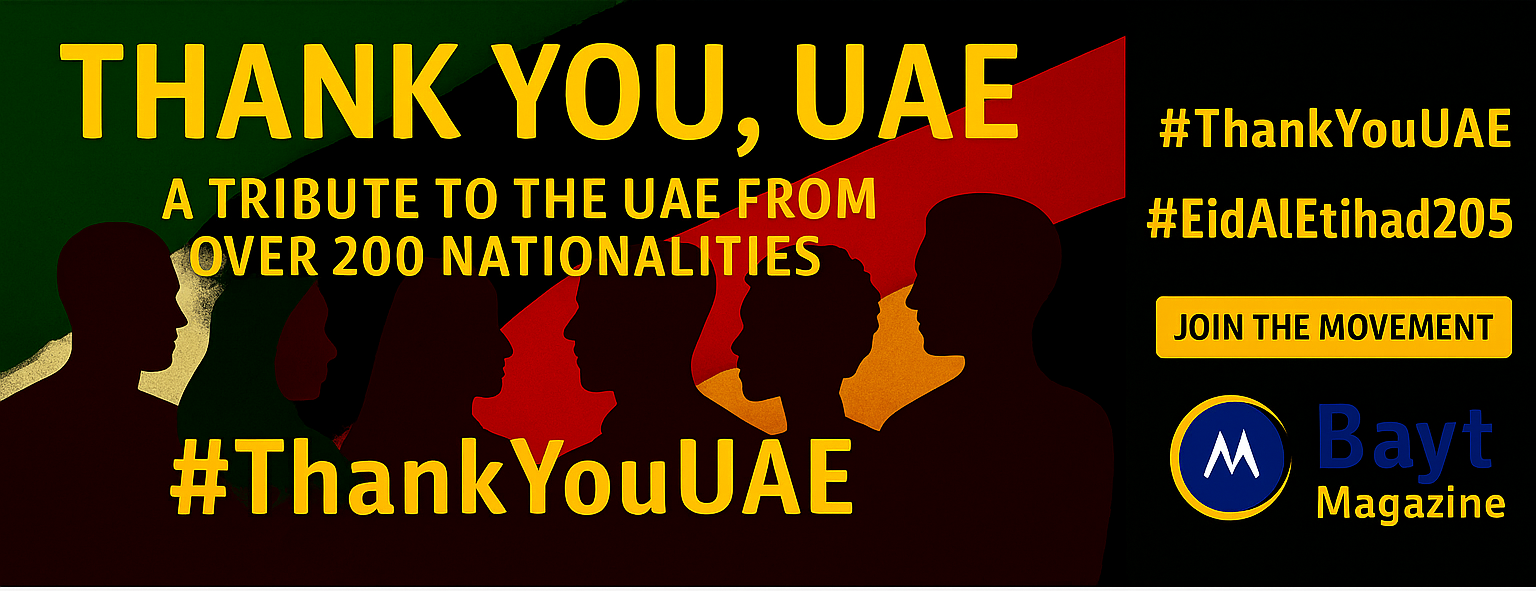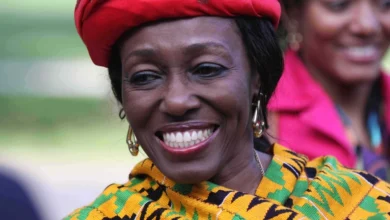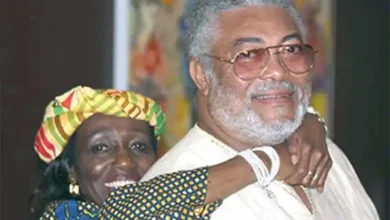
Understanding Modern Hijab Debates in Western Society
Stanford political scientists discovered that the 2004 French headscarf ban doubled the education gap between Muslim and non-Muslim women. This finding shows how the hijab debate disrupts more than just religious expression. The policy’s ground effects prove how restrictions on religious attire can transform communities.
The complexity of this issue came to light through recent events. Mahsa Amini’s death in Iran triggered widespread protests where women burned their hijabs to challenge compulsory covering laws. The European Court of Justice’s 2021 ruling added to these challenges. Their decision let employers restrict religious symbols, which created new barriers for Muslim women at work. These policies continue to transform millions of women’s lives – from Turkey lifting its hijab ban in 2013 to France passing the ‘anti-separatism’ law in 2021.
The hijab debate touches many aspects of society. Its rise has shaped political decisions and left lasting marks on education, jobs, and personal identity in today’s world.
The Historical Transformation of Hijab
Many people think veiling started with Islam, but it actually goes back thousands of years before that. Archeological findings show veiled priestesses in statuettes from 2500 BCE. Elite women in ancient Mesopotamia, Byzantine, Greek, and Persian empires wore veils to show their high status and respectability. Ancient Mesopotamian laws spelled out which women had to wear veils based on their class, rank, and job. The laws banned female slaves and prostitutes from wearing veils.
Religious origins and early practices
Veiling was common in many religious traditions long before Islam came about. Greek society expected respectable women to stay secluded and wear clothes that covered them between 550 and 323 BCE. Romans had their Vestal Virgins wear head coverings, and Jewish women covered their heads and faces when Christianity began. The early Church Fathers, including Tertullian of Carthage and Augustine of Hippo, said Christian women should cover their heads.
The early Islamic texts didn’t make a clear distinction between veiling and seclusion – the word “hijab” meant either “veil” or “curtain”. People used “khimar,” the actual word for headscarf, more often than “hijab” during this time. The Qur’an verses about women’s clothing focus on modesty. They tell women to “draw their headscarves over their breast area” when men are present.
Our modern understanding of hijab comes from 627 CE with the “verse of the hijab” (Sura 33:53). It states: “And when you ask [his wives] for something, ask them from behind a partition. That is purer for your hearts and their hearts”. This rule started as a way to protect Prophet Muhammad’s wives from visitors at his home.
Colonial influences on hijab wearing
The hijab changed from a religious practice to a symbol of cultural resistance during colonial times. Reza Aslan points out that “The veil was neither compulsory nor widely adopted until generations after Muhammad’s death, when a large body of male scriptural and legal scholars began using their religious and political authority to regain the dominance they had lost in society”.
The hijab became a cultural battleground under colonial rule. The French army launched psychological warfare in Algeria in 1935. They targeted Algerian women with a specific doctrine: “If we want to hit Algerian society in its context, in its ability to resist, we must first conquer the women; we must go and find them behind the veil where they hide”. French authorities held mass unveiling ceremonies to show they were “liberating” Muslim women from the veil.
From personal choice to political statement
The hijab grew into a powerful political symbol throughout the 20th century. Reza Shah banned it in Iran during the 1930s as part of his modernization plans. His son later made wearing hijab optional, which gave Iranian women a rare chance to choose freely whether to wear it. The situation changed after the 1979 Islamic Revolution when Ayatollah Khomeini gradually made hijab mandatory, turning it into a symbol of government control.
The early 20th century saw the hijab become less common in cosmopolitan areas as Islamic countries became more secular. Turkey’s secularization laws in 1934 banned the hijab outside places of worship. This ban took away the very garment that had helped women move safely in public spaces.
A remarkable shift happened in the 1970s and 1980s when many women started wearing the hijab again to express their identity. Muslim-majority countries experienced an Islamic revival after decades of secularization. Women began wearing hijab to resist Western influence. American Muslims used the hijab as “a sociopolitical choice and representation” that let them “reconstruct the narrative of Islam in America”.
The September 11 attacks led to a 17-fold increase in anti-Muslim hate crimes compared to the previous year. Thousands of American Muslim women responded by adopting the hijab to show both their religious and national identities.
How Politics Shaped the Hijab Debate
Government regulations on hijab range from complete bans to mandatory requirements. These rules have turned a personal religious practice into a political battleground. Religious freedom, state authority, and women’s autonomy face intense debates across continents due to hijab’s politicization.
Government regulations across different regions
Different countries regulate hijab wearing in vastly different ways. The French government passed a law in 2004 that banned religious symbols in public schools, citing secularism as justification. Austrian lawmakers created the Anti-Face Covering Act to stop people from covering facial features in public. Muslim women bear the brunt of these restrictions when they must reveal parts of their bodies against their religious beliefs.
Iran takes the opposite approach through Article 638 of its Penal Code. The law makes it illegal to break “any religious taboo in public”. Moral security police monitor public compliance with these laws. Women caught without veils face prison sentences between 10 days and two months or fines.
Turkey shows yet another perspective with its back-and-forth policies. Mustafa Kemal Ataturk’s Turkish Republic banned hijab in public institutions after its founding in 1923. The country changed course after years of legal battles. Turkish authorities lifted the hijab ban in universities in 2008 and removed the prohibition in public sector jobs in 2013.
Freedom of religion versus state control
Legal debates about hijab focus on balancing religious freedom with state interests. International human rights law protects people’s right to show their religious beliefs through clothing choices. The Supreme Court of India’s landmark case Bijoe Emmanuel vs State of Kerala ruled that courts must protect “freedom of conscience and to profess, practice and propagate religion”.
Governments defend their restrictions based on public safety, institutional neutrality, or social cohesion. Karnataka’s government used the Karnataka Education Act of 1983 to justify banning hijabs in classrooms. French authorities defend their restrictions as vital to maintaining state neutrality in public institutions.
Courts struggle to decide if wearing hijab qualifies as an “essential religious practice” that deserves constitutional protection. This challenge shows the complex relationship between religious expression and government authority.
Hijab protests and their global impact
Mahsa Amini’s death in September 2022 triggered unprecedented protests across Iran. The 22-year-old Kurdish woman died in custody after Iran’s morality police detained her for allegedly wearing her hijab incorrectly. Iranian women responded by burning their headscarves in public to protest both the morality police and mandatory hijab laws.
These protests stood out from previous ones in three ways: women led the movement, people from all social classes participated, and demonstrations spread throughout big and small cities. Iranian authorities responded with violence that led to over 530 deaths and more than 22,000 arrests.
Muslim students in Karnataka, India have fought for their right to wear hijab where it’s restricted. They challenged hijab bans in court, claiming violations of their rights under Articles 14, 19, and 25 of India’s Constitution. Both movements share a fundamental concern about women’s right to choose. They challenge government overreach that focuses more on maintaining social order than protecting individual freedoms.
Media Representation and Public Perception
Media outlets worldwide have shaped public discourse around hijab. They often reduce complex religious and cultural practices to simple narratives that reinforce existing biases. This framing affects both policy decisions and society’s attitudes toward Muslim women.
Western media portrayal of hijab
Western media often shows the hijab through a narrow lens. It portrays the garment as a symbol of oppression rather than a nuanced religious or personal choice. Media analysts say this approach diverts attention from women’s resistance to oppressive regimes and their fight for bodily autonomy. The focus stays exclusively on the garment itself. Mainstream narratives unintentionally contribute to the victimization of Muslim women who wear hijab by presenting unveiling as liberation.
Research shows real consequences of these biased representations. A Penn State University study revealed that readers who saw similar information in news stories thought women wearing headscarves were more likely to commit crimes. This bias appeared strongly among readers with certain political views, as “Republicans’ preexisting dispositions were evoked by the veil”.
Social media as a platform for hijab discourse
Social media platforms, especially Instagram, have become vital spaces where Muslim women challenge mainstream narratives. These digital channels help women redefine the hijab as both a religious symbol and fashion statement.
The rise of “hijabistas” – religiously identified fashion bloggers – has changed how people see hijab inside and outside Muslim communities. These influencers have built large online followings, with some reaching millions of followers. This digital development allows greater self-representation but also creates tension between religious meaning and commercial interests.
Social media also reveals interesting patterns in digital activism around hijab rights. Twitter discussions during the 2022 Indian hijab ban controversy showed anti-ban tweets outnumbered pro-ban tweets substantially. A small group of well-connected influencers drove much of the counter-narrative. These digital platforms increase marginalized voices’ reach but remain vulnerable to coordinated messaging campaigns.
Celebrity influence on hijab perception
Celebrity endorsers in hijab shape public perceptions and consumer behavior substantially. Research shows Muslim celebrities on platforms like Instagram influence young women’s understanding of hijab through parasocial interactions – the psychological relationships followers build with media figures.
Hijab has become part of modest fashion, and celebrities wearing it have launched commercial brands. This shift has transformed the garment’s cultural significance. Followers see these celebrities as both religious role models and fashion icons, leading to this commodification.
The changing representation of hijab reflects broader shifts in how people negotiate cultural identity in digital spaces. These developments offer new ways for self-expression and community building. They also raise questions about authenticity and the commercialization of religious practice in modern society.
The Economic and Social Consequences of Hijab Bans
Studies show Muslim women who wear hijab face steep economic penalties. Their chances of getting hired drop by 40% compared to Muslim women who don’t wear hijab. These numbers reveal the real-world effects of hijab restrictions beyond just religious freedom.
Educational opportunities and limitations
Hijab bans in schools create lasting disadvantages. French data shows the education gap between Muslim and non-Muslim women doubled after the headscarf ban. Muslim students born after the ban faced major setbacks. They took longer to finish high school and had to repeat classes more often.
Many girls now must choose between their education and religious beliefs. Thousands of Muslim girls in India haven’t been able to go to school for over a year because of a hijab ban. The rules stayed strict even during practical exams, which blocked these students from moving forward with their education.
Workplace discrimination and career impacts
Muslim women who wear hijab face big hurdles at work. Research shows they’re 31 percentage points less likely to find jobs than non-Muslim women. Muslim women who don’t wear hijab get hired at similar rates to non-Muslim women. This proves the discrimination targets visible religious expression specifically.
The bias shows up throughout the hiring process:
- Hijabi women’s applications take longer to process despite excellent qualifications
- Hiring managers quickly reject qualified hijabi candidates for small application issues
- The overall effect cuts hiring chances in half, no matter how much education they have
Economic costs of legal battles over hijab rights
Legal fights against hijab bans put heavy financial strain on families and communities. Iran’s proposed fines for not wearing hijab would be too expensive for 62% of Iranian families. These penalties take money away from basic needs like food, housing, and healthcare.
Fighting these restrictions in court gets pricey. A notable case between Muslim women and the New York City Police Department ended with a multi-million-dollar settlement over forced hijab removal. Even when people win their cases, they spend years in expensive court battles. The career disruptions and emotional toll add costs that nobody can measure.
The mix of limited education, workplace bias, and expensive legal fights creates economic problems that last generations. This affects not just the women themselves but their entire communities.
How Younger Generations Are Redefining Hijab
Young Muslim women around the world are reshaping the hijab narrative. They have transformed it from a political symbol into a versatile expression of faith, fashion, and identity. This generational change shows a deep shift in how modesty connects with today’s culture.
Modest fashion movement and hijab style evolution
The modest fashion industry has grown remarkably and expanded beyond traditional designs. Modern hijab styles now include foldable options that work well for daily wear and physical activities. These styles have gained popularity among younger women. This progress shows a wider trend where modest clothing emphasizes elegance and sophistication while meeting different style priorities.
Online shopping has sped up this change. Retailers now sell hijabs in many colors, sizes, and designs. They often show Muslim women modeling them in various settings. Hijab fashion designers have become influential voices who redefine the garment. They present it as both a religious symbol and a fashion statement that young women proudly make part of their style.
Digital activism and hijab advocacy
Social media has become a vital platform for hijab discussions. Young Muslims use digital platforms to challenge restrictions and stereotypes. The My Stealthy Freedom movement in Iran shows how online activism through strategic hashtags builds support against mandatory hijab laws. The 2022 Iranian protests after Mahsa Amini’s death sparked widespread digital activism with emotional videos that spread globally.
Digital advocacy appears in several ways:
- Hashtag campaigns like #No_to_compulsory_hijab in Iraq help activists collect data about forced hijab wearing in schools
- World Hijab Day encourages non-Muslim women to wear hijab as an act of solidarity
- Students lead social media campaigns to challenge educational institutions that ban hijabs
Balancing tradition with modern identity
Today’s young Muslim women see the hijab as a bridge between religious values and modern life. Many use it to honor their traditions while taking part in modern society. They adapt hijab styles to suit different situations and incorporate current fashion trends while following modesty principles.
Young women stress that wearing hijab is their personal choice, not something forced upon them. A student explained, “Hijab doesn’t slow you down,” noting that women who wear hijab succeed as businesswomen, lawyers, and athletes. Yes, it is an enabling decision that commands respect while strengthening their religious identity.
This generation sees hijab as a key part of their complex identities. They challenge both religious conservatives who push strict interpretations and Western societies that often misunderstand its meaning.
The hijab debate proves how religious practices change through historical, political, and social forces. Ancient civilizations used veiling to show social status. Today’s discussions focus on personal freedom and state control. Protests in Iran and legal battles in India show the clash between individual rights and government authority.
The numbers tell a harsh story behind these ideological battles. Muslim women who wear hijab face major barriers in education and jobs. Their chances of getting hired can drop by 40%. These effects reach way beyond religious expression and impact communities for generations.
Young Muslim women now lead a powerful change in how society sees the hijab. They balance religious values with modern identity. Their social media presence and fashion choices show religious practices can adapt to today’s world without losing spiritual meaning. Real progress comes from protecting each woman’s right to make this personal choice, not from forcing rules about wearing hijab.






